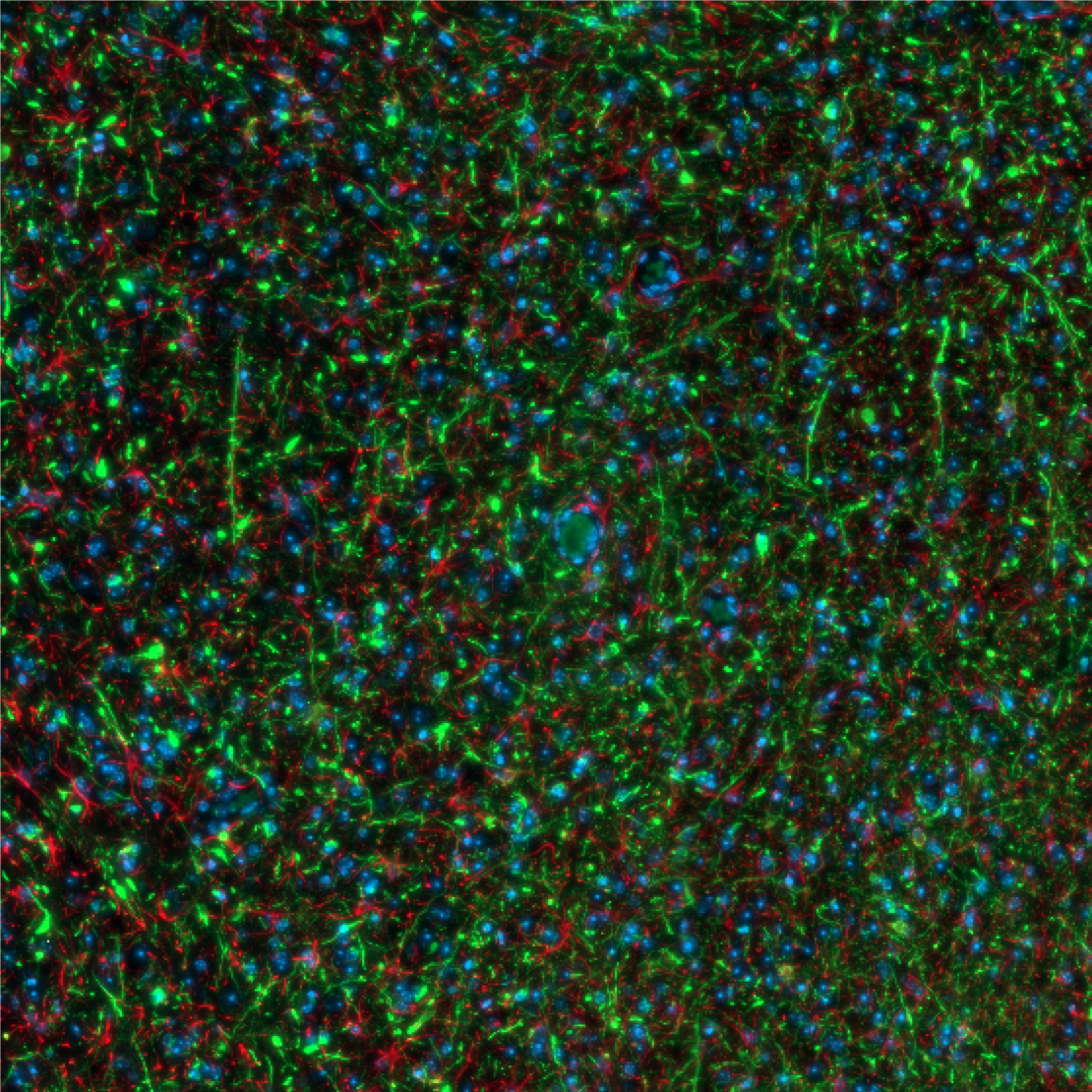The Prion Hypothesis in Neurodegeneration
In most neurodegenerative disorders, disease is caused by a single protein misfolding into a beta-sheet rich conformation that is capable of self-templating and spreading throughout the brain. This mechanism was first described in 1982 by Dr. Stanley Prusiner for the prion protein (PrP). In prion diseases, such as scrapie, chronic wasting disease, or Creutzfeldt-Jakob disease, cellular PrP (PrPC) misfolds into the scrapie conformation (PrPSc) to cause progressive degeneration. More recently, this phenomenon has been seen with a handful of additional proteins, including alpha-synuclein, beta-amyloid, SOD-1, tau, and TDP-43.
Research in the Woerman Lab is focused on investigating the formation of alpha-synuclein prions in multiple system atrophy and Parkinson’s disease, as well as tau prion formation in Alzheimer’s disease, chronic traumatic encephalopathy, progressive supranuclear palsy, and other frontotemporal dementias.
